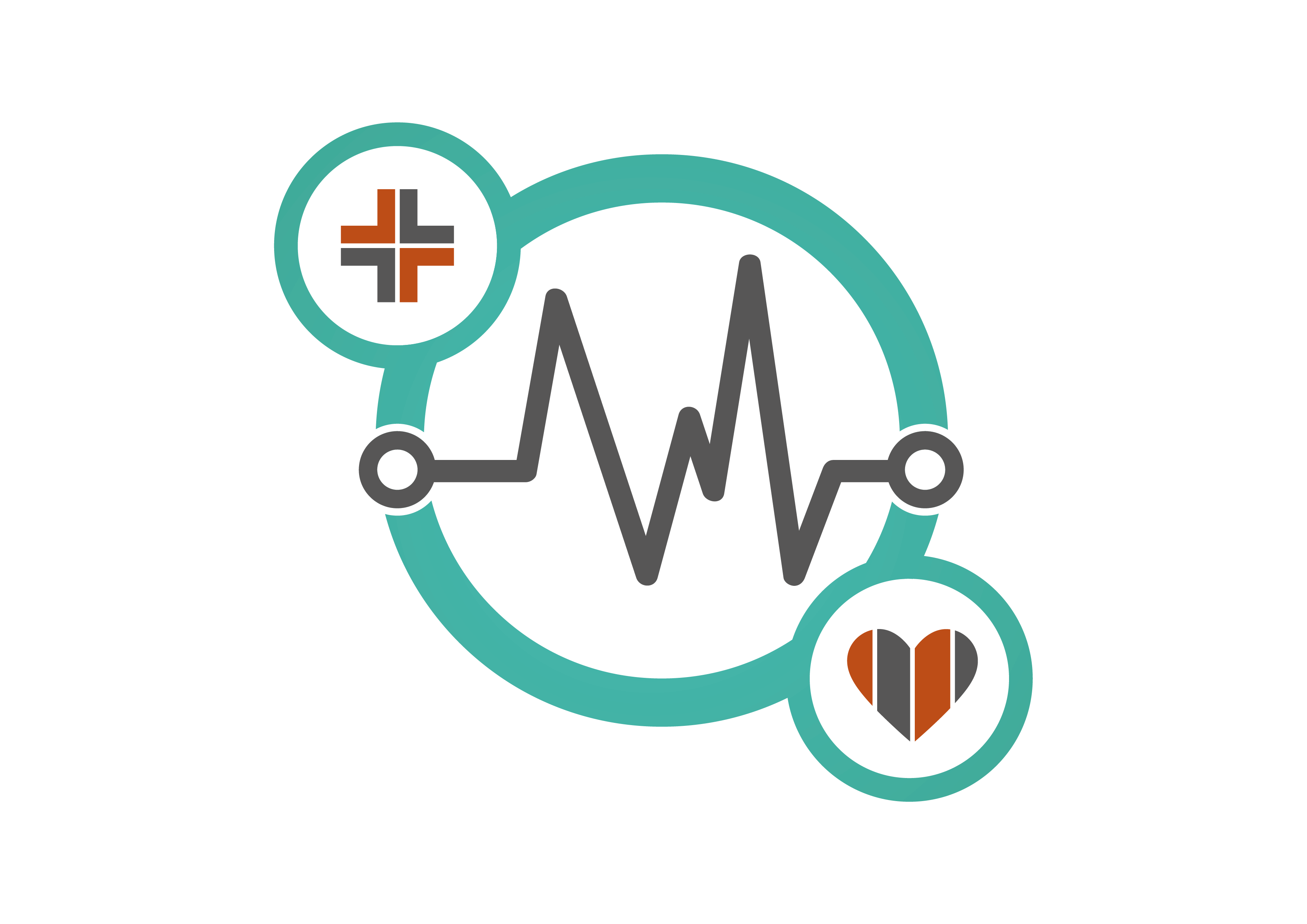Collaborative research, led from the University of Oxford and published today in Nature Medicine, has developed a new tool called QR4 that more accurately predicts an individual’s 10-year risk of cardiovascular diseases, like heart disease and stroke, particularly identifying high-risk patients that current prediction tools miss.
Cardiovascular disease is a leading cause of death globally. The new tool, QR4 can be thought of as a type of calculator that lets doctors use an individual’s health data, such as blood pressure, age and medical history, to estimate their likelihood of developing a cardiovascular disease over the next 10 years, allowing them to intervene early to prevent illness.
QR4 includes seven new risk factors applicable to all adults: chronic obstructive pulmonary disease (COPD), learning disabilities, Down syndrome and four cancer types (blood, lung, oral and brain), highlighting how other significant diseases impact on heart health.
QR4 also identified factors specific to women’s health that were predictive of future heart disease risk, such as complications from high blood pressure during pregnancy, and postnatal depression.
“While traditional cardiovascular risk factors such as smoking and high cholesterol are well-recognised, our latest research identifies less obvious, yet crucial risk indicators,” said Professor Julia Hippisley-Cox, lead author, Professor of Clinical Epidemiology and General Practice, at the University of Oxford’s Nuffield Department of Primary Care Health Sciences. “For instance, conditions like postnatal depression and Down’s syndrome significantly contribute to cardiovascular risk, underscoring the complex interplay between mental health, genetic factors and heart health. QR4 also helps to address inequalities in health, particularly around learning disabilities, which often coincide with barriers to effective health management and access, leading to an increased risk.
“We believe that these findings are important to both patients and policy makers,” added Cox. “They indicate that more groups of people are at increased risk for heart and circulatory diseases than previously recognised. These people could and should now benefit from treatments and other preventive measures to reduce their risk.”


